HPLC
The right choice of chemical is crucial for your chromatography process. Below an overview of our chemical range for chromatography. Are you looking for columns, instruments or other consumables as well?
Product Categories

HPLC solvents
In reversed-phase HPLC mode gradient, unwanted “ghost peaks” can be a real problem. Quality of your mobile phase (High UV transmittances, low residue on evaporation) and batch-to-batch reproducibility are the key parameters to avoid these unwanted peaks.

LC-MS solvents
LC-MS methods are improving in sensitivity to meet today's demands. The quality of solvent is essential with low level of ionic background, low alkaline metal content, suitable for ULC, UPLC and UHPLC.
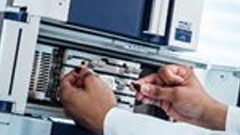
LC-MS additives and buffers
LC-MS additives are commonly added to the mobile phase or introduced post column prior to the interface to influence analyte ionisation. A selection of buffers to improve your separation in HPLC.
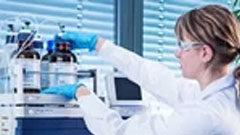
LC-MS mixes
LC-MS most commonly pre-blended mobile phases solutions prepared with precision and very high quality components to minimise baseline noise. Increase your quality assurance by using these pre-blended mixes.

HPLC ion pair reagents
For HPLC gradient elution, many new ion pair reagents which exhibit minimal extinction in the low UV region and and excellent transparency down to 200 nm.
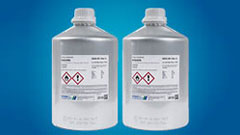
HPLC solvents in aluminium bottles
Safety is essential, discover our complete range of HPLC Solvents packed in aluminium bottles and avoid broken bottles in your lab.
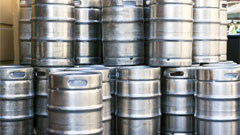
HPLC solvents in recycling stainless steel drums
Complete range of HPLC Solvents in stainless steel recycling drums to improve the safety, limit the potential contamination and eliminante waste.

Solvents for preparative chromatography
Different grades and packs have been tailored to the requirements of preparative HPLC to facilitate scale-up from analytical to preparative separations. These solvents have an extremely low evaporation residue (< 1 mg/l), low water content and high purity
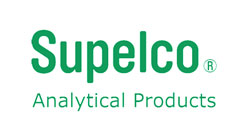
Supelco standards and CRMs
Merck Supelco® standards and reference materials
FAQ
You can additives such as trifluoroacetic acid or formic acid to improve the resolution. A complete range of high purity LC-MS additives is available in bottles or ampoules.
Ion pair reagents rely upon the addition of ionic compounds to the mobile phase to promote the formation of ion pairs with charged analytes. These reagents are comprised of an alkyl chain with an ionisable terminus. When used with common hydrophobic HPLC phases in the reversed phase mode, ion pair reagents can be used to selectively increase the retention of charged analytes.
- Transition of the sample from an autosampler to an instrument, especially when impurities are absorbed to the inside and outside surfaces of the needle dipped into the vial
- If an impurity in the sample has the same absorption wavelength as the compound of interest
- The water used in the mobile phase is not pure or fresh enough
- Old mobile phase
- Poor quality buffers or additives added in the mobile phase
- Phthalates or plastic additives contained in the plastic containers used during mobile phase preparation
- Try to use pre-mixed solvents
- Use fresh eluants with salts
- Filter your HPLC solvents
- Use high quality water (18,2 mOhm, TOC<5 ppb) or gradient grade water
- Use good quality buffers and salts
- Control glassware cleaning
When samples contain ionisable compounds, mobile phase pH can be one of the most variable in the control of retention in reversed phase RP HPLC separation. However, if it is not controlled properly, pH can be a source of many problems. Since most compounds analysed by RP HPLC contain one or more acidic or basic functional groups, most mobile phases require pH control. For this reason, buffers are widely used.
Literature
Additional Resource
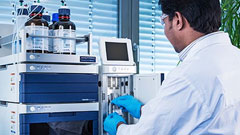
chromatography_solutions
Explore the full range of chromatography solutions and application notes on our chromatography micro-site
 Promotions
Promotions
